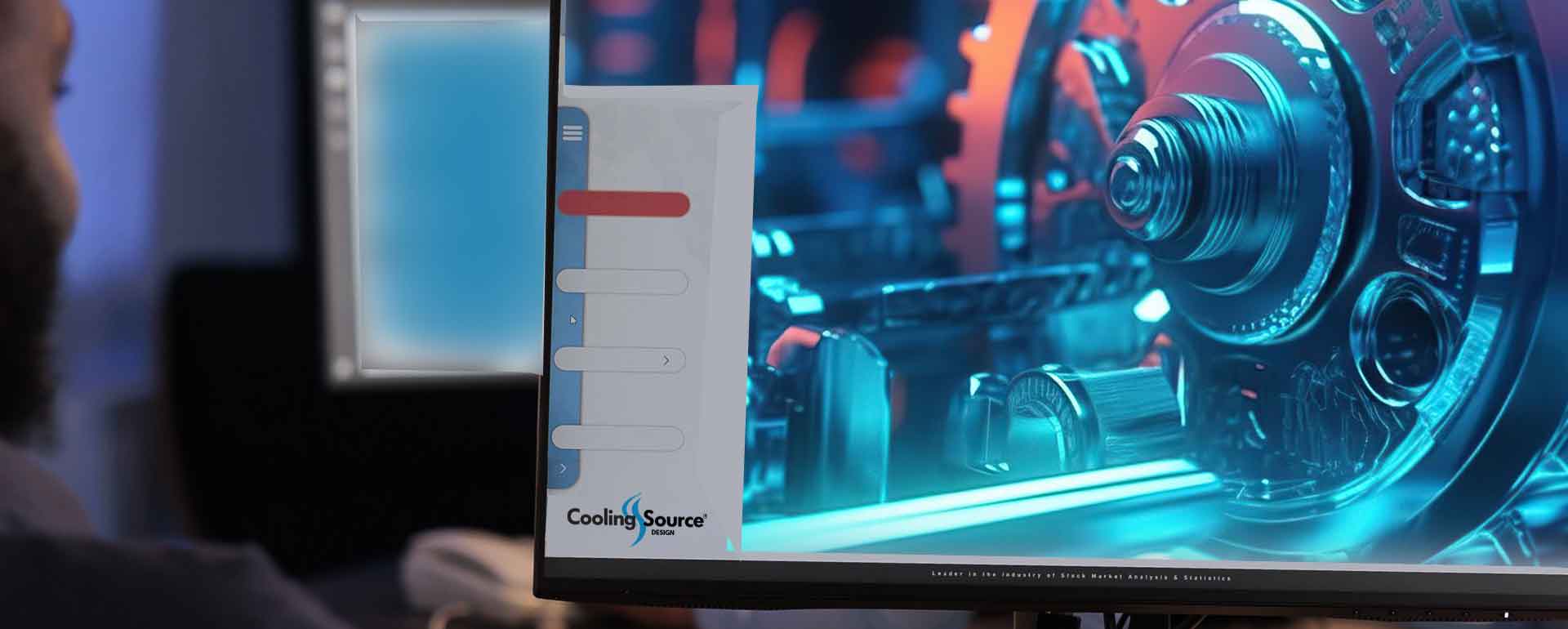
solidworks
Using SolidWorks for heatsink design and CNC machine parts offers several benefits and advantages:
1. Powerful 3D modeling capabilities: SolidWorks provides robust 3D modeling tools that enable engineers to create detailed and accurate designs of heatsinks and CNC machine parts. The software allows for precise geometry creation, including complex shapes, curves, and fillets.
2. Design optimization: SolidWorks offers simulation features that allow engineers to analyze the thermal performance of heatsinks or structural integrity of CNC machine parts before manufacturing. This helps identify potential issues early in the design stage, allowing for optimization to enhance performance or reduce material usage.
3. Integration with CAD/CAM workflows: SolidWorks seamlessly integrates with computer-aided manufacturing (CAM) software, enabling a smooth transition from design to machining processes. This integration streamlines the workflow by facilitating direct transfer of design data to CNC machines, reducing errors and saving time.
4. Collaboration capabilities: SolidWorks provides collaboration tools that allow multiple engineers or stakeholders to work on a project simultaneously. This promotes effective communication, collaboration, and knowledge sharing among team members involved in heatsink design or CNC machining part development.
5. Design automation: With SolidWorks' parametric modeling capabilities, engineers can create templates or use pre-defined rules to automate repetitive tasks in designing heatsinks or CNC machine parts. This saves time, reduces errors, and ensures consistency across designs.
6.Visualization and presentation tools: SolidWorks offers advanced visualization features such as rendering options, virtual reality (VR) support, and animation capabilities. These tools help communicate design concepts effectively, presenting realistic representations of the final product during client meetings, presentations, or internal reviews.
7.Documentation generation: Using SolidWorks enables easy generation of engineering drawings, BOMs (Bill Of Materials),and other documentation required for manufacturing. Heatsink dimensions, tolerances, surface finishes, machining instructions, and assembly details can be accurately documented, simplifying production processes and ensuring clarity in manufacturing instructions.
8. Extensive library of components: SolidWorks provides a vast library of pre-built components, including standard heatsinks or commonly used CNC machine parts. This saves time by allowing engineers to leverage existing designs, reducing the need for starting from scratch and accelerating the design process.
Overall, using SolidWorks for heatsink design and CNC machine parts offers benefits such as powerful 3D modeling capabilities, design optimization through simulation, integration with CAD/CAM workflows, collaboration capabilities, design automation,visualization and presentation tools, easy documentation generation, and access to an extensive library of components. These advantages contribute to efficient design processes, reliable manufacturing outcomes, and effective communication among stakeholders involved in the development of heatsinks and CNC machined parts.

